Food storage is a critical aspect of preparation for emergencies or simply ensuring your household is well-equipped to handle extended periods without fresh supplies. Whether you’re stockpiling for a disaster scenario or looking to maximize the lifespan of your current food inventory, mastering effective food storage techniques is essential. This comprehensive guide delves into the intricacies of food preservation, offering actionable strategies that cater to both short-term and long-term needs. From understanding expiration dates and optimizing space in your pantry to exploring advanced methods like vacuum sealing, this article serves as your go-to resource for all things food storage. By implementing the tips and insights shared here, you’ll not only extend the shelf life of your groceries but also gain peace of mind knowing you’ve prepared for whatever challenges may come your way.
Key Takeaways
– Assess your needs and build a sustainable food stockpile for long-term survival.
– Focus on non-perishable foods like grains, nuts, and dried fruits for emergency preparedness.
– Rotate your stockpile to maintain freshness and avoid waste.
– Invest in high-quality, freeze-dried foods for extended shelf life and reliability.
– Start small, purchase in bulk, and store safely to maximize your food supply.
– Use airtight containers and organize by category for easy management.
– Monitor for safety and stay informed about food recalls.
– Rice stands out as a top choice for long-term survival due to its nutrients and versatility.
– Understand canned food shelf life and handle them properly to ensure safety.
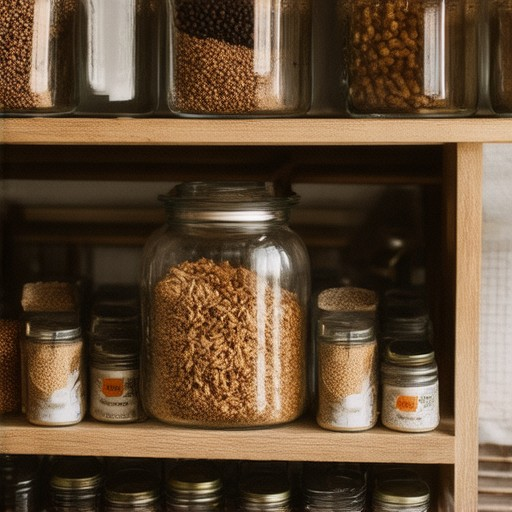
Best Way to Store Food for Long Term
The best way to store food for long-term involves a combination of proper preparation, container choice, and environmental control. Here’s a step-by-step guide:
Best Practices
- Airtight Containers: Use high-quality, food-grade airtight containers to prevent contamination and oxidation.
- Cool, Dark, Dry Environment: Store foods in basements, pantries, or cellars with consistent temperature around 50-70°F (10-21°C) to slow spoilage.
- Label Everything: Clearly mark dates and contents on all containers to keep track of stock levels and freshness.
- Rotate Stocks: Regularly rotate food items to use older stocks first to maintain freshness and prevent waste.
Methods for Long-Term Storage
Several techniques can extend the shelf life of stored foods:
Vacuum Sealing
Vacuum sealing is an excellent method for preserving food. Using a vacuum sealer, you can remove air from containers, significantly extending the shelf life of items like bread, pasta, and nuts. Pair this with oxygen-absorbing packets to further reduce exposure to oxygen, which can cause spoilage.
Mylar Bags with Oxygen Absorbers
For bulk storage, consider using Mylar bags or similar multi-layered bags combined with oxygen absorbers. These bags provide an effective barrier against pests and oxidation, making them ideal for storing grains, beans, and other dry goods.
Freezing
Freezing is a reliable method for many foods. Freeze fresh produce, meats, and dairy products in airtight containers. Set your freezer to its lowest setting to preserve items longer.
Dry Storage
For items like rice, beans, and flour, use a dehydrator or allow them to cool completely before storing in airtight containers. Keep them in a dry environment to prevent mold growth.
Additional Tips
- Consider Food Type: Different foods have different storage needs. For example, eggs can be stored at room temperature in a cool, dry place, while perishables like milk require refrigeration.
- Avoid Moisture: High humidity can lead to mold growth. Use desiccant packs or silica gel in containers to absorb excess moisture.
- Pest Control: Store food in areas inaccessible to pests, such as mice or insects. Seal containers tightly and inspect regularly.
By following these guidelines, you can effectively store food for long-term use and ensure your supplies remain fresh and safe. Remember to plan and rotate your stock to maximize shelf life and minimize waste.
Learn more about food storage tips and techniques from our experts at Memories Restaurant.
Correct Order for Food Storage
The proper order for food storage ensures safety, prevents contamination, and extends freshness. Here’s a step-by-step guide:
- 1. Separate Raw and Cooked Foods: Always store raw foods below cooked items to prevent juices from raw meats from dripping onto cooked foods, which could lead to contamination.
- 2. Store Eggs Properly: Place eggs in their original cartons in the refrigerator. Eggs should not be left out at room temperature for long periods as they can spoil quickly.
- 3. Refrigerate Raw Milk: Raw milk should be stored in a cool place, ideally in its original container in the refrigerator. Avoid leaving it at room temperature for extended periods.
- 4. Store Fruits and Vegetables Separately: Fruits should be stored in the refrigerator to slow ripening, while vegetables can also benefit from cooler temperatures but may not require the same conditions as fruits.
- 5. Use Airtight Containers: Store leftovers and other items in airtight containers to protect them from exposure to light, odors, and potential contaminants.
- 6. Utilize Glass or Plastic Containers: For long-term storage, use glass containers, which are durable and can be frozen. Plastic containers are also acceptable but should be freezer-safe.
- 7. Label Containers with Dates: Clearly mark the contents and storage date on containers to keep track of items and ensure they are used before they spoil.
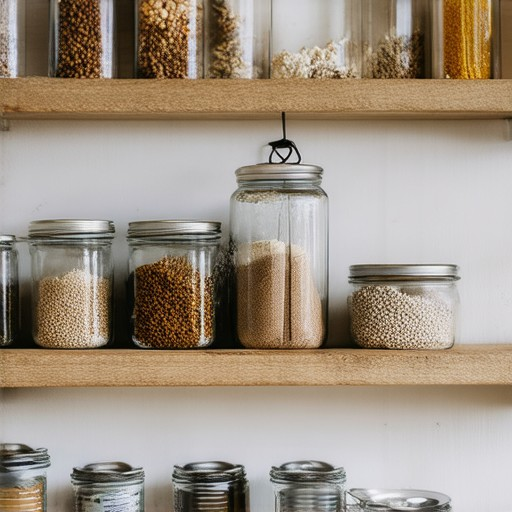
What is a good rule for food storage?
Proper food storage is essential to prevent spoilage, reduce waste, and ensure safety. Here are some key guidelines to follow:
- The Two-Hour Rule:** Refrigerate or freeze perishable foods within two hours after purchasing or preparing them. This helps slow down bacterial growth and keeps foods fresh longer.
- Keep Foods Separate:** Store raw meats, fish, eggs, and dairy products separately from fruits, vegetables, and other ready-to-eat items to prevent cross-contamination.
- Use Airtight Containers:** Store dry goods like grains, pasta, and nuts in airtight containers to keep them free from pests and maintain their freshness.
- Check Expiration Dates:** Regularly check the expiration dates of foods in your pantry and fridge. Consuming expired items can pose health risks.
By following these rules, you can extend the shelf life of your foods and reduce waste. Proper storage also contributes to a safer and more efficient kitchen environment.
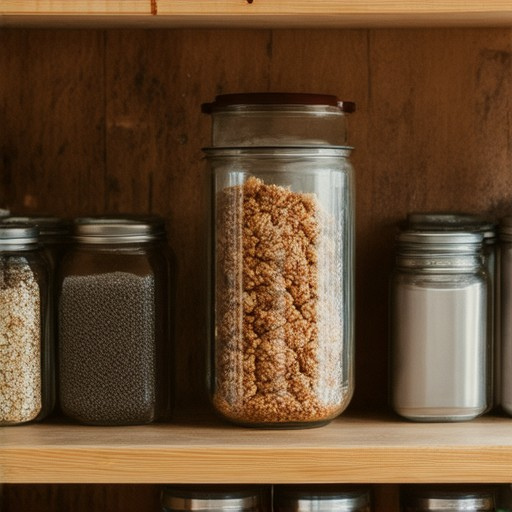
What is the Best Way to Stockpile Food?
To effectively stockpile food, it’s essential to approach the process methodically and with consideration for long-term sustainability. Here’s a comprehensive guide to help you get started:
Key Components of Effective Food Stockpiling
- Assess Your Needs : Determine how much food you typically consume daily and plan accordingly. Aim for a two-week to one-month surplus to provide flexibility during emergencies.
- Focus on Non-Perishables : Include staples like canned goods, dried fruits, nuts, and grains. These items have a longer shelf life and are less prone to spoilage.
- Rotate Stocks : Periodically use stored foods to prevent expiration and maintain variety. This ensures your stock remains fresh and useful for various meals.
- Consider Specialized Foods : Invest in high-quality, freeze-dried options or dehydrated foods that require minimal preparation. Brands like Mountain House offer reliable solutions for long-term storage.
Actionable Tips for Successful Stockpiling
- Start small and gradually build your supply over time.
- Purchase in bulk from reputable suppliers to secure competitive pricing.
- Store foods in a cool, dry place to prevent contamination and spoilage.
- Label all containers with dates and contents for easy management.
- Plan regular meal rotations to utilize your stockpile effectively.
Additional Tips for Optimal Storage
- Use Airtight Containers : These help preserve the quality and freshness of your foods.
- Separate Items by Category : Keep grains, proteins, and snacks separate to make inventorying easier.
- Stay Informed : Monitor food safety guidelines and recall notices to keep your stockpile safe.
By following these steps, you can create a robust food stockpile that caters to both everyday needs and unexpected situations. Remember to review and update your supplies regularly to ensure readiness for whatever lies ahead.
What Single Food Can You Survive On the Longest?
I would choose rice as the single food that can potentially allow you to survive the longest. Rice is highly nutritious, versatile, and has a long shelf life when stored properly. It provides essential nutrients like carbohydrates, protein, and fiber, which are crucial for sustained energy and health.
Rice is also easy to prepare and can be consumed in various forms, such as cooked rice, rice pudding, or even as part of soups and stews. Its ability to absorb water and cook without requiring additional ingredients makes it a reliable staple in emergency situations.
Additionally, rice can be grown in various climates, making it a sustainable option for long-term storage. With proper preparation and preservation methods, rice can last for years without spoiling, ensuring a steady supply of food during challenging times.
For a more detailed guide on preparing and storing rice for extended periods, you can explore our recipe ideas and learn how to maximize its shelf life and usability.
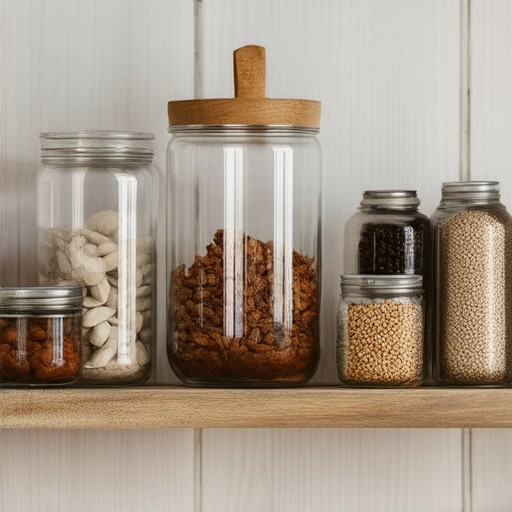
How Long Will Canned Food Last?
Canned foods typically have a long shelf life due to their airtight packaging and stable environment. However, their longevity depends on several factors:
- Temperature : Canned foods remain safe at room temperature but can spoil faster in extreme heat (above 140°F or 60°C) or cold. Store them in a cool, dark place like a basement or pantry.
- Storage Conditions : Keep cans dry to prevent moisture buildup, which can lead to rusting or spoilage. Avoid high humidity levels.
- Best Before Dates : These dates indicate the manufacturer’s recommended shelf life. Consuming food past this date may pose health risks.
- Can Integrity : While cans protect against oxidation and light, exposure to harsh conditions can weaken their protective layers over time.
- Type of Food : Different foods have varying shelf lives. Acidic foods like tomatoes may last longer due to their preservative properties, while others might not.
- Opened Cans : Once opened, consume immediately to prevent bacterial growth and contamination.
- Signs of Spoilage : Look for bulging cans or a sour smell, which indicate spoilage and should be avoided.
By following these guidelines, you can maximize the shelf life of your canned goods and ensure they remain safe for consumption.

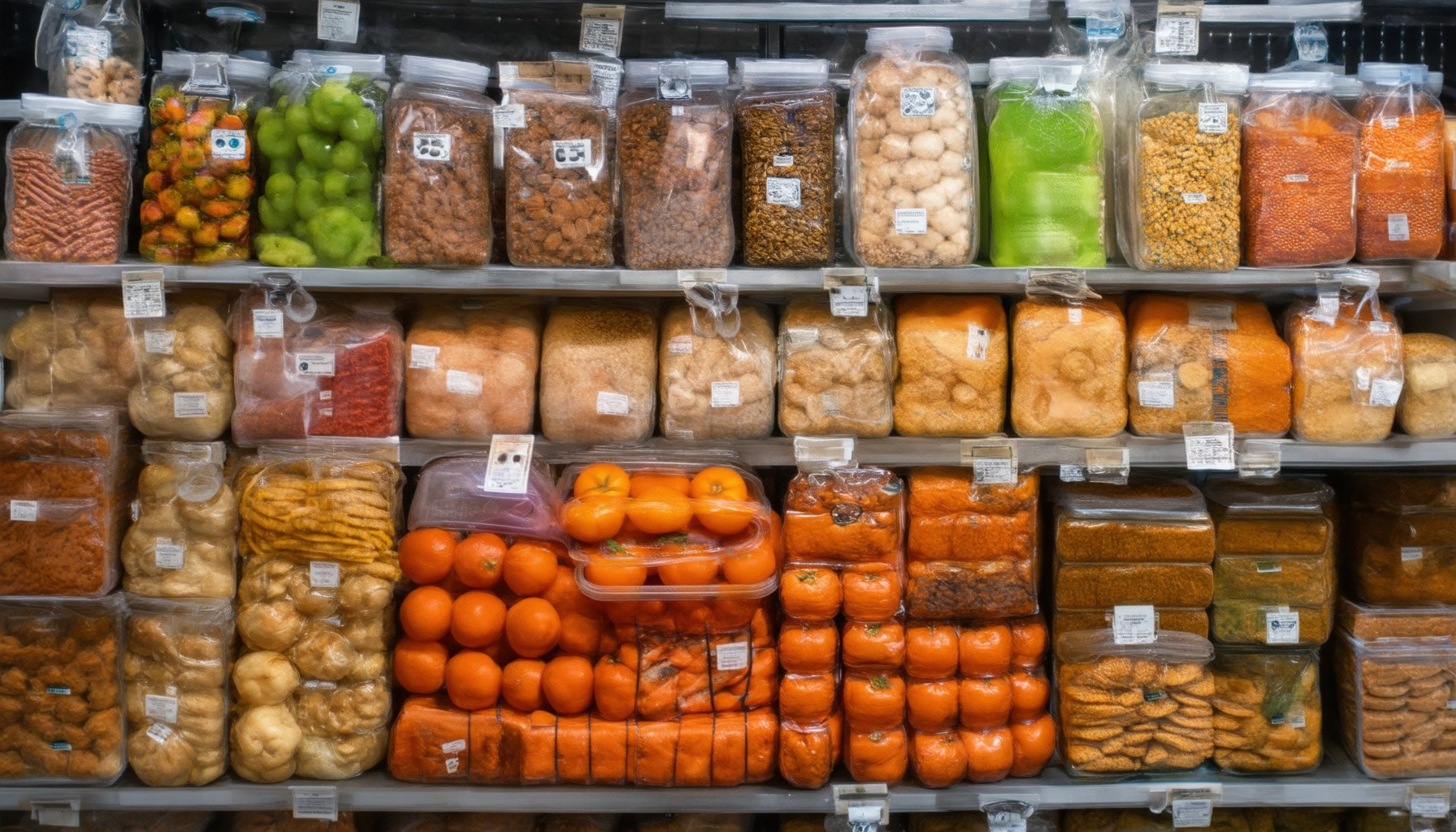
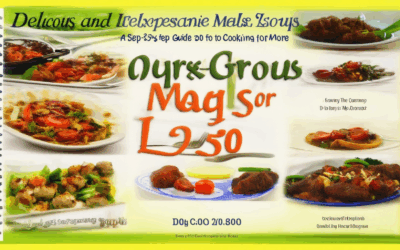
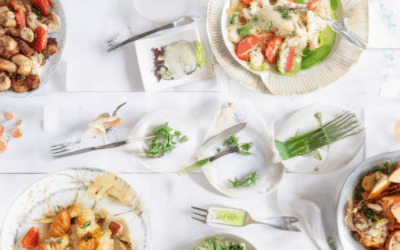

0 Comments